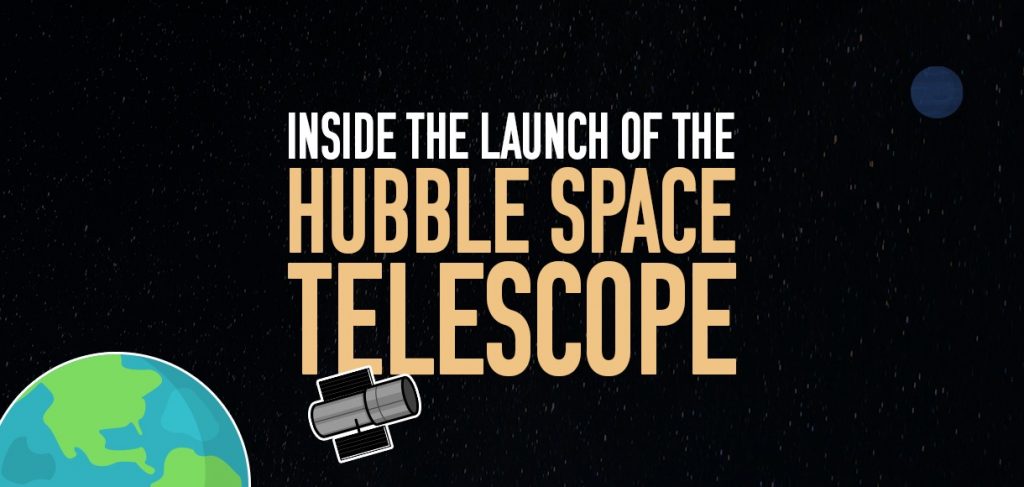How the Hubble Space Telescope Changed the World

How many of us have thought about charting our path through the sky since we were children? The desire to be an astronaut is no longer out of reach, thanks to popular illusions on television and in movies. Even if one succeeds, they will rarely have the opportunity to achieve something truly groundbreaking. Few missions can send shockwaves through the scientific community like the Hubble.
Dr. Steven Hawley: The Man Who Launched the Telescope
One of the individuals behind that launch was Dr. Steven Hawley. In 1990, he was instrumental in putting the Hubble Space Telescope into orbit. We wouldn’t know half as much about space if it weren’t for it. Thanks to Dr. Hawley and the Hubble telescope, we know that a ray of light travelling from one end of the cosmos to the other will not reach the other end until the universe as a whole collapses.
The Hubble telescope is also responsible for determining how far into the universe we can view. For those who are curious, this is 94 billion light-years, which is only a minuscule percentage of the entire universe. To put this in context, one light-year is equal to 5.8 trillion miles. That is such a vast distance that we cannot fathom it. Furthermore, it continues to expand.
Dr. Hawley’s Contributions to the Hubble Launch
All of these breakthroughs came from the Hubble Space Telescope. It’s been 31 years since the company was founded. Betway invited Dr. Hawley for a candid talk about his experiences during his two Hubble missions now that the Webb telescope is ready to replace the Hubble.
Dr. Steven Hawley is a well-known academic at Kansas University. He is currently a 69-year-old astronomy professor and director of engineering physics, but he was formerly a NASA astronaut. Between 1984 and 1999, he spent about 32 days in space – 770 hours and 27 minutes to be exact – on five space shuttle missions. The Hubble Space Telescope was launched in 1990, and a mission for Hubble maintenance was launched seven years later.
In both missions, he was the principal robot arm operator and a flight engineer. He had to not only work on the launch and exit logistics, but he also had to utilize the robot arm to separate the telescope from the payload and launch it. Keep in mind that in 1990, there was no technology to prevent crashes. He was one of the most influential figures in the mission’s outcome, where a single blunder may have resulted in calamity.
Concentrating in Zero Gravity
Dr. Hawley also said that he wasn’t a big fan of zero gravity when asked about his experiences with it. He had a lot on his plate, and the continual distractions that weightlessness provided were preventing him from working to his maximum potential. He had to keep note of where his feet were at all times, if he was tethered, whether his pencil was floating away, and whether being upside-down had any effect on his mental function. It didn’t stop him from achieving what he needed to do, but it didn’t make it easy.
This leads us to a surprising conclusion – just because you’re an astronaut doesn’t mean you’ll end up liking being weightless. You can decide for yourself if you get up there.
In the end, Dr. Hawley maintains that the launch was his best achievement, despite the vastness of his legacy and contribution to science. Even after 31 years, he sends a card to every single crew member from the missions on the launch anniversary. It is our sincere desire that he does so in the future, motivating future generations to explore the vastness of space!

“Evil coffee nerd. Analyst. Incurable bacon practitioner. Total twitter fan. Typical food aficionado.”


/cloudfront-eu-central-1.images.arcpublishing.com/prisa/AHVYMMDSTZDTDBFNZ3LMFUOKNE.jpg)








